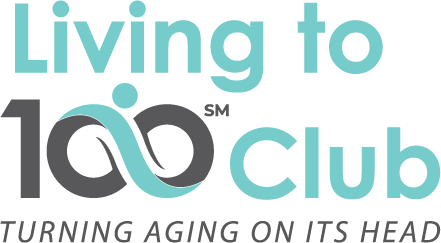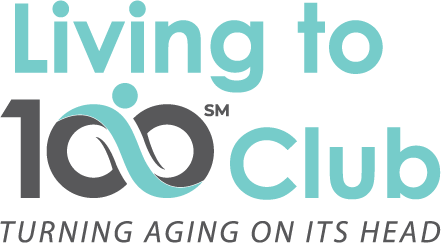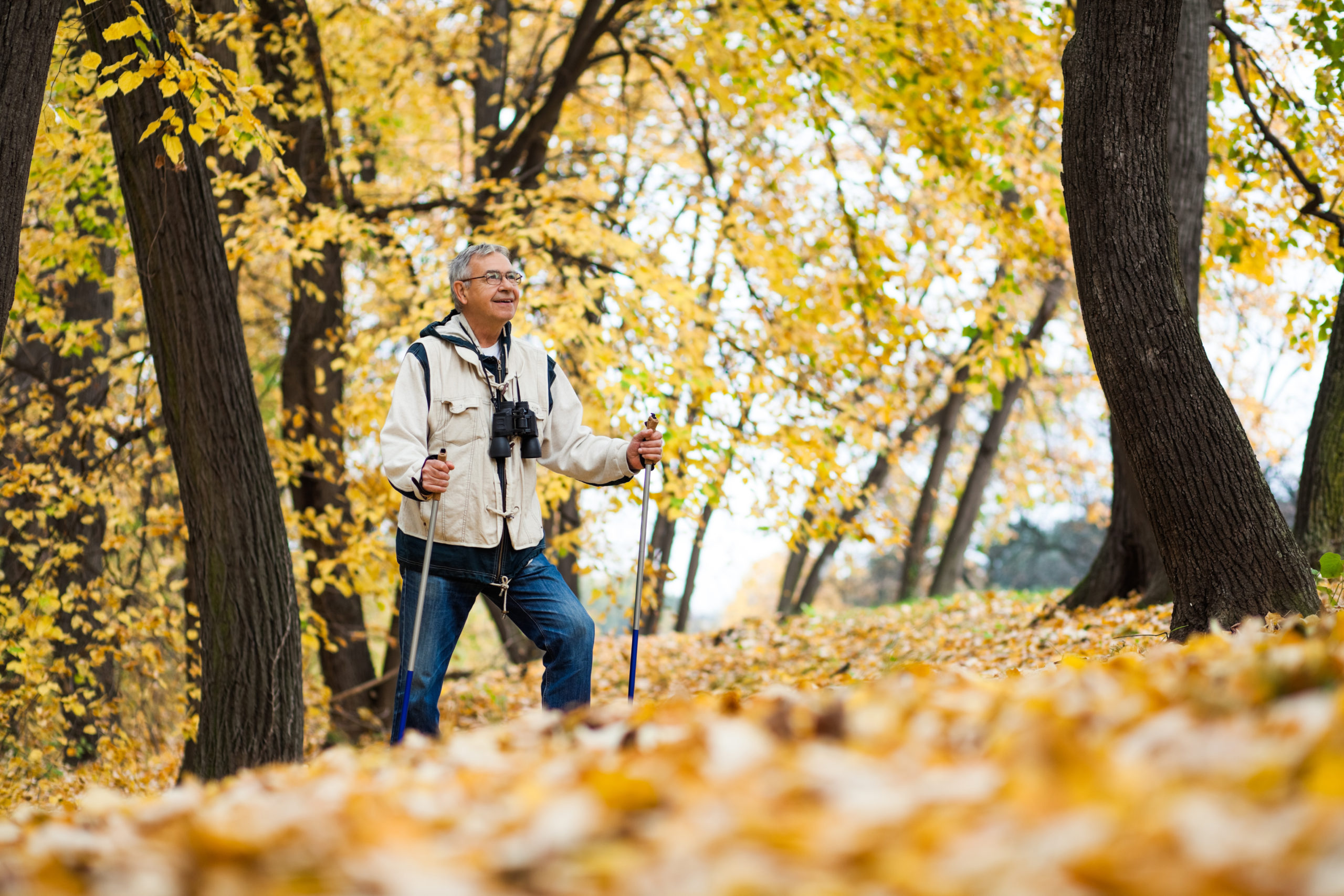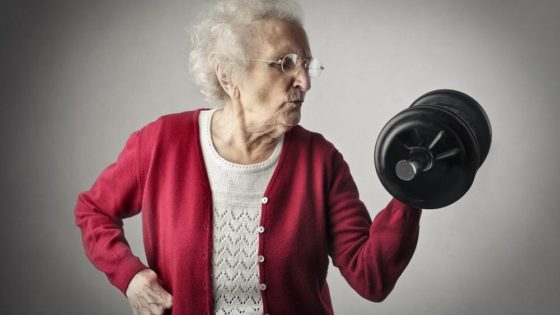Guest Author, Rhonda Underhill, Rhonda@GetWellderly.com
Getting enough exercise is important for people of all ages, but for seniors and those with diabetes, it can be even more beneficial. Staying healthy with daily exercise helps older people avoid slips and falls that could lead to long recovery times due to more fragile bodies. With fewer mishaps, living well with a prolonged life is natural. So, try incorporating these head-to-toe health strategies to stay healthy in your everyday life.
Join the SilverSneakers Program
For an incentive to work out a total of 150 minutes per week, consider making exercise a social activity. There are gyms with programs specifically for seniors, and many also organize activities for the SilverSneakers program. The YMCA is a free option, and many healthcare supplement plans cover gym memberships for seniors. If you are not familiar, SilverSneakers is a free fitness membership available through most Medicare Advantage and Medigap plans. There are online resources with information, tips, and locations of programs; many items are free to view on the website, such as on-demand videos and wellness articles. Visit the Health Plan Partners section to check if your plan covers the program.
Practice Balance and Flexibility
Exercises that incorporate balance and flexibility are vital as we age. Staying flexible by stretching and increasing balance can help prevent trips or falls and help lessen the recovery if they do happen. While balance is great for staying on your feet, staying limber and flexible ensures muscles don’t tear and bones don’t break if you do fall.
Try simple exercises such as balancing on one foot, sit down and stand up without using your hands, raise yourself up onto your tiptoes behind a chair or hold the back of a chair as you bend your knee and curl your foot toward your buttocks. These are safe exercises that are easy to incorporate throughout your day as you stand in line at the grocery store with a cart, stand in the kitchen to cook or stand behind your chair as you watch television. Also, incorporate leg extensions as you sit and stretch the back of your leg too. Simply point your toes toward your head while you stay seated, and then reach toward them if it is not painful.
Improve Strength and Grip
Increasing and improving strength and handgrip as you age is also very important. Start with resistance bands or the lowest weight available to help build muscle. Squats, push-ups at an incline against the wall, and lunges are also great bodyweight exercises to incorporate into your routine. More muscle and many strength-training exercises develop muscle and balance, both of which help prevent falls and accidents.
According to Harvard University, handgrip can start to decline around age 55 and may be associated with an increased risk of heart attack and stroke. Start early and test your level of grip. For example, see how long you can stand in a boarding line while holding a heavy suitcase. Another option is to carry a heavy book while walking the length of your living room until it becomes too heavy. To improve handgrip, use your hands to wring a towel, squeeze a stress ball, play with or form clay, or use squeezers while you watch television.
No matter how you stay active, make sure you are covering your basic fitness needs as you age. Remember that strength, balance, and flexibility are needed the most and choose activities accordingly to build and increase your ability in each of these categories. Don’t forget to check your Medicare plan to see if SilverSneakers is covered. Staying active will keep you feeling better for longer and alleviate pain too, which is worth setting aside time each day.



